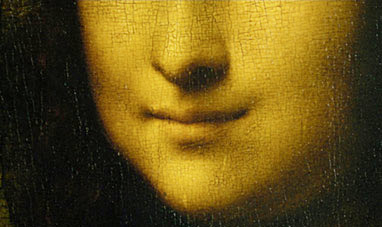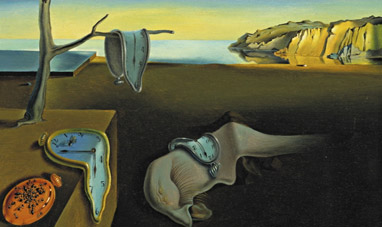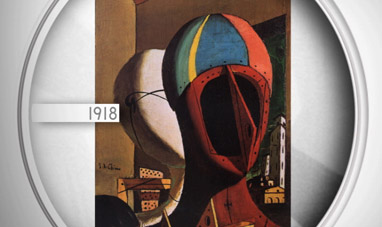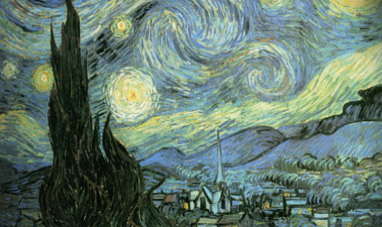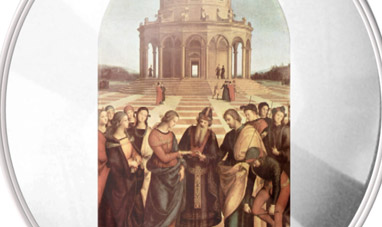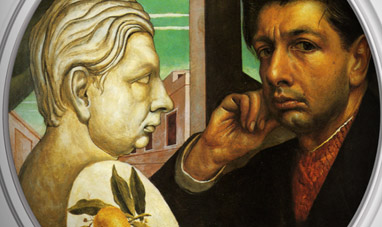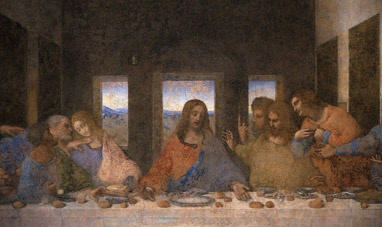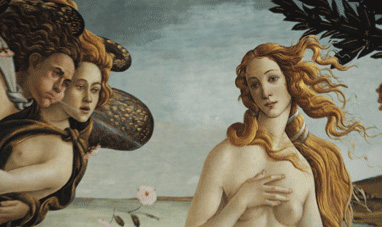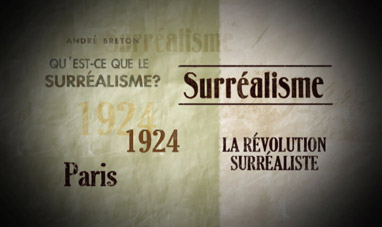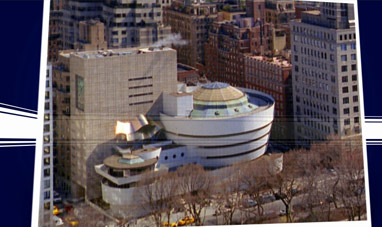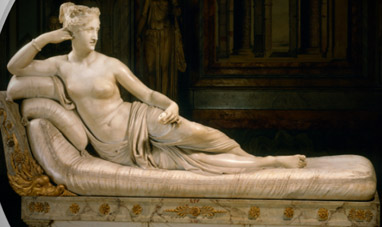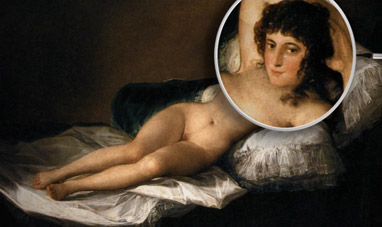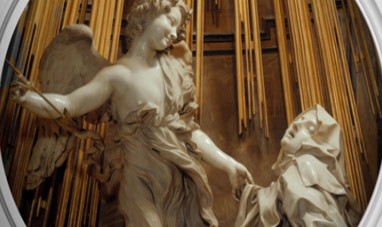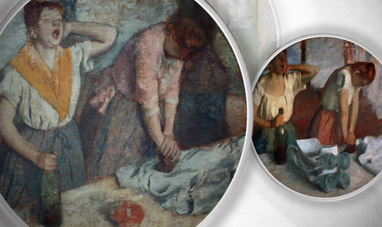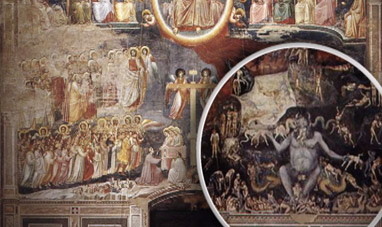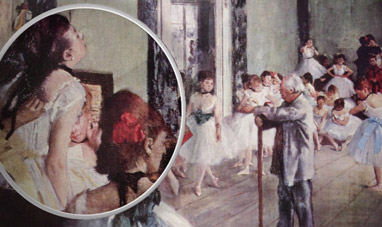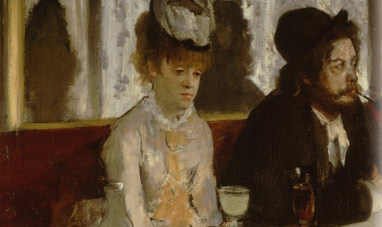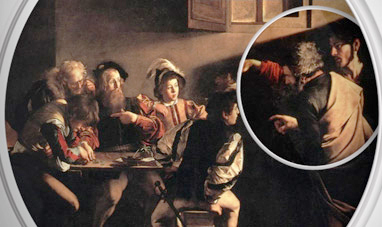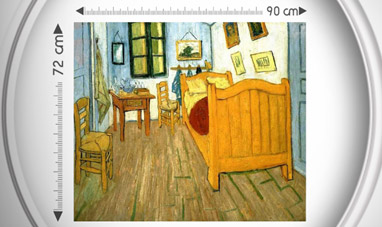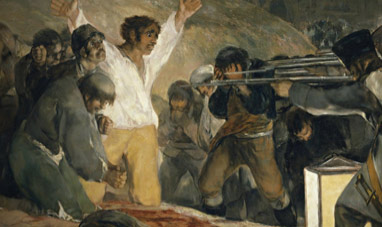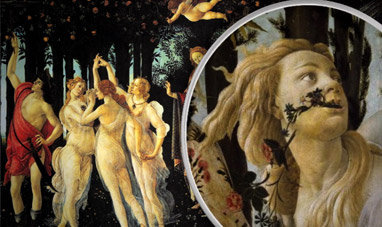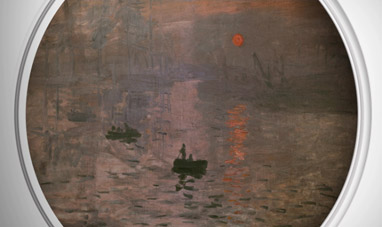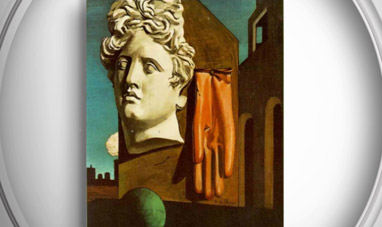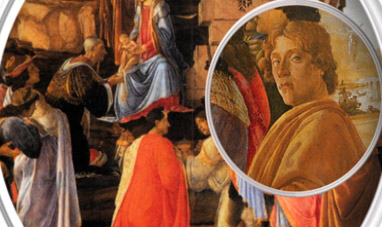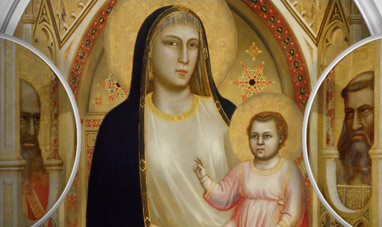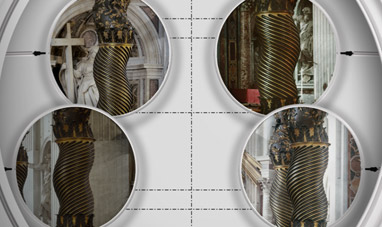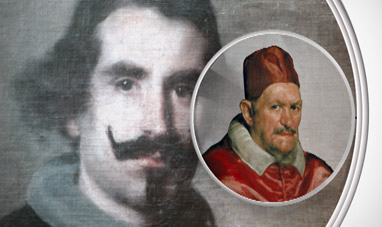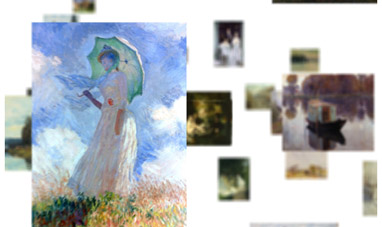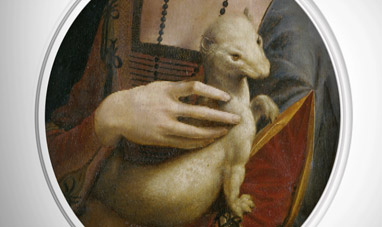Neoclassicism is a cultural movement that developed in Europe and North America between the late 18th and early 19th centuries. It appeared first in figurative arts but also influenced architecture, literature and drama. Neoclassical culture advocated a return to classic Greek and Roman art, promoting harmony, balance and proportion. Neoclassicism was a reaction to the excess of its predecessor, Baroque art. In the History of Ancient Art, published in 1764, German art historian Johann Joachim Winckelmann formulated the founding principle of Neoclassicism: art should not express passions but an ideal and absolute beauty, cleansed of any residual realism. In 1738, archaeological discoveries made in Italy helped promote Neoclassicism ideals. During this period, archeologists first uncovered Roman cities of Herculaneum and Pompeii. Visiting Italy, with its evident ties to the classical world, became a must for European intellectuals and scholars. The most important Neoclassical sculptor was Italian Antonio Canova. His works, inspired by classical and mythological themes, embodied the ideal of absolute beauty. Canova's search for formal perfection was expressed in the grace of his allegorical figures and the solemnity of his funeral monuments, commissioned by prominent patrons. In painting, the formal purity of Neoclassicism can be seen in the works of Jean Auguste Dominique Ingres. [for graphics: Le Grande Odalisque] German painter Anton Raphael Mengs, a friend of Winckelmann's, left a striking testament to Neoclassic ideals in the Parnassus fresco he painted in Rome's Villa Albani.
Architecture also embraced neoclassical ideals, through the work of Italian architects like Giuseppe Piermarini, who designed La Scala opera house in Milan and Monza's Villa Reale. In literature, writers such as Johann Wolfgang von Goethe, Ugo Foscolo and Vittorio Alfieri echoed the greatness of ancient times. English poet Alexander Pope, who translated Homer’s Iliad and the Odyssey, was a model of rationality and elegance in his verse. In the late 18th century, France and America both had new governments born from revolutions. To give the newly-created governments legitimacy, the French and the Americans adopted Neoclassic architecture. Government buildings and city landscapes recalled ancient Greece and republican Rome, proving their legitimacy. [for graphics: images of the Virginia State Capitol in Richmond, designed by Thomas Jefferson.]Napoleon Bonaparte also employed the Neoclassical style in an effort to connect his empire with the Roman tradition. [for graphics: images of the Arc di Triomphe and Champs-Elysées] This exaltation of classical styles led to unprecedented efforts to safeguard art and monuments, one of the greatest merits of Neoclassicism.
Architecture also embraced neoclassical ideals, through the work of Italian architects like Giuseppe Piermarini, who designed La Scala opera house in Milan and Monza's Villa Reale. In literature, writers such as Johann Wolfgang von Goethe, Ugo Foscolo and Vittorio Alfieri echoed the greatness of ancient times. English poet Alexander Pope, who translated Homer’s Iliad and the Odyssey, was a model of rationality and elegance in his verse. In the late 18th century, France and America both had new governments born from revolutions. To give the newly-created governments legitimacy, the French and the Americans adopted Neoclassic architecture. Government buildings and city landscapes recalled ancient Greece and republican Rome, proving their legitimacy. [for graphics: images of the Virginia State Capitol in Richmond, designed by Thomas Jefferson.]Napoleon Bonaparte also employed the Neoclassical style in an effort to connect his empire with the Roman tradition. [for graphics: images of the Arc di Triomphe and Champs-Elysées] This exaltation of classical styles led to unprecedented efforts to safeguard art and monuments, one of the greatest merits of Neoclassicism.

